Introduction: How to Design a Low-Maintenance Garden for Busy Individuals
For many people, gardening is a therapeutic and enjoyable activity that allows them to connect with nature and beautify their homes. However, not everyone has the time or energy to dedicate to high-maintenance gardens. If you’re a busy individual who wants to enjoy the benefits of gardening without spending hours on upkeep, a low-maintenance garden may be the perfect solution.
Why Design a Low-Maintenance Garden?
Low-maintenance gardens are designed to require minimal effort and resources while still providing a beautiful and functional outdoor space. They are perfect for those who want to enjoy the benefits of gardening but have limited time, physical abilities, or resources.
Designing a low-maintenance garden also has several other benefits, including:
- Reducing water usage
- Minimizing the use of harmful chemicals and pesticides
- Creating a more sustainable and eco-friendly outdoor space
- Attracting beneficial insects and wildlife
In this article, we’ll provide tips and strategies for designing a low-maintenance garden that suits your needs and preferences. Whether you’re a busy professional, a retiree, or someone who simply prefers a more relaxed gardening experience, we’ve got you covered.
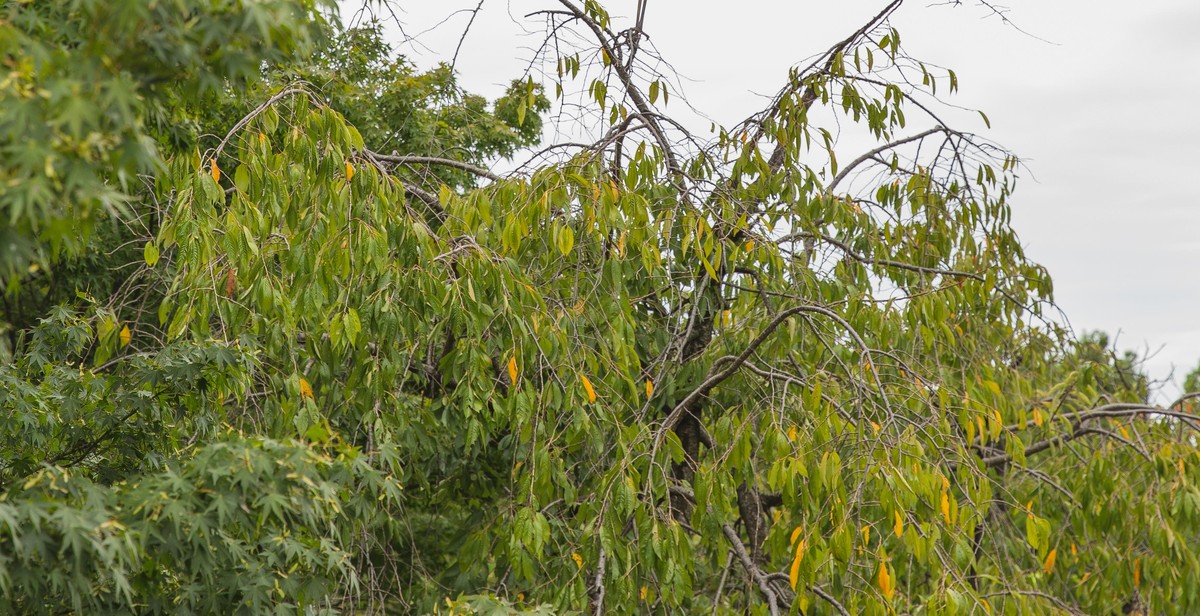
Assess Your Space
Before you start designing your low-maintenance garden, it’s important to assess your space and understand its unique characteristics. By doing this, you can ensure that you choose plants and features that will thrive in your specific environment, reducing the need for constant upkeep and maintenance.
Consider Your Region and Climate
The first step in assessing your space is to consider your region and climate. Different plants thrive in different environments, so it’s important to choose ones that are well-suited to your area. For example, if you live in a hot and dry climate, you’ll want to choose plants that are drought-tolerant and can handle high temperatures. On the other hand, if you live in a cooler climate with lots of rain, you’ll want to choose plants that can handle wet conditions.
Determine Your Soil Type
Another important factor to consider when assessing your space is your soil type. Different plants require different soil conditions to thrive, so it’s important to choose plants that will do well in your soil. You can determine your soil type by doing a simple soil test, or by observing the plants that are already growing in your space.
Evaluate Your Sun and Shade Exposure
Understanding the amount of sun and shade your space receives is also important when designing a low-maintenance garden. Some plants require full sun, while others prefer partial or full shade. By choosing plants that are well-suited to your space’s sun and shade exposure, you can ensure that they will thrive without requiring constant attention and maintenance.
Identify Existing Plants and Features
Finally, it’s important to take note of any existing plants and features in your space. This will help you choose new plants and features that complement the existing ones, creating a cohesive and visually appealing garden. Additionally, by choosing plants that are well-suited to your existing environment, you can reduce the need for constant maintenance and upkeep.
By considering your region and climate, soil type, sun and shade exposure, and existing plants and features, you can create a low-maintenance garden that thrives in its unique environment, reducing the need for constant attention and upkeep.
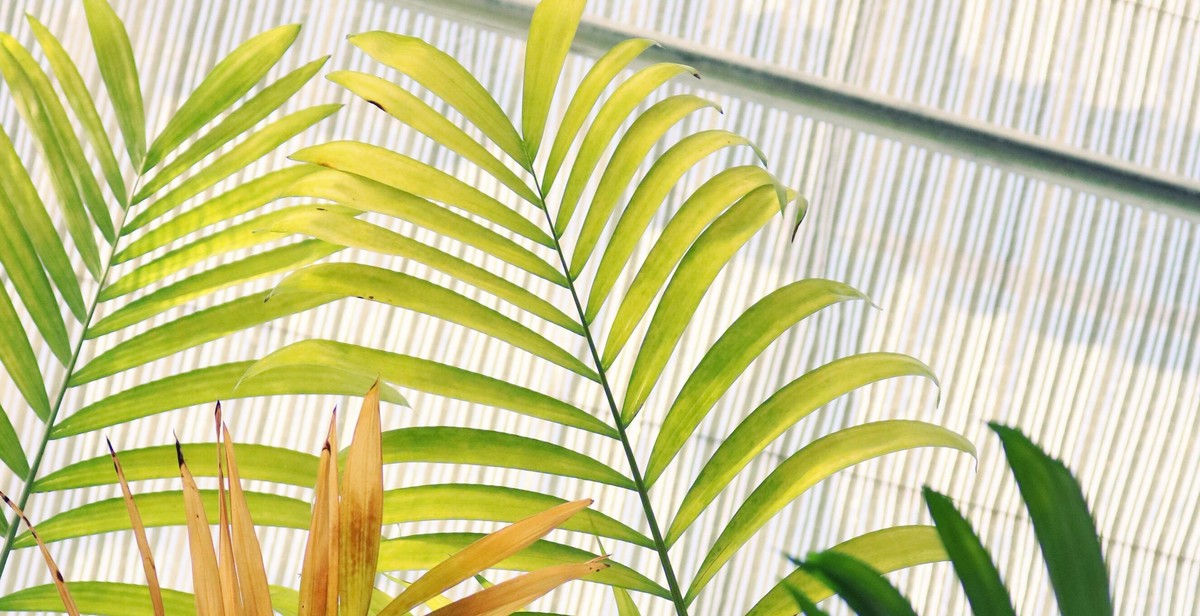
Choose Low-Maintenance Plants
Choosing the right plants is key to creating a low-maintenance garden. Here are some low-maintenance plant options to consider:
Perennials and Shrubs
Perennials and shrubs are great choices for a low-maintenance garden. Once established, they require minimal watering and care. Some popular low-maintenance perennials include:
- Black-eyed Susan
- Daylilies
- Hostas
- Lavender
- Peonies
- Sedum
When selecting shrubs, look for varieties that require minimal pruning and are disease-resistant. Some low-maintenance shrubs include:
- Boxwoods
- Hydrangeas
- Lilacs
- Spiraeas
- Weigelas
Native Plants
Native plants are well-adapted to the local climate and require less maintenance than non-native plants. They also provide important habitat for local wildlife. Some popular native plants include:
- Butterfly weed
- Coneflowers
- Goldenrod
- Milkweed
- Wild columbine
Groundcovers
Groundcovers are low-growing plants that help to suppress weeds and reduce the need for watering. Some popular low-maintenance groundcovers include:
- Creeping phlox
- Periwinkle
- Thyme
- Veronica
Ornamental Grasses
Ornamental grasses are low-maintenance plants that add texture and movement to the garden. They require minimal watering and pruning. Some popular low-maintenance ornamental grasses include:
- Blue fescue
- Feather reed grass
- Maiden grass
- Prairie dropseed
- Switchgrass
| Plant Type | Examples |
|---|---|
| Perennials | Black-eyed Susan, Daylilies, Hostas, Lavender, Peonies, Sedum |
| Shrubs | Boxwoods, Hydrangeas, Lilacs, Spiraeas, Weigelas |
| Native Plants | Butterfly weed, Coneflowers, Goldenrod, Milkweed, Wild columbine |
| Groundcovers | Creeping phlox, Periwinkle, Thyme, Veronica |
| Ornamental Grasses | Blue fescue, Feather reed grass, Maiden grass, Prairie dropseed, Switchgrass |
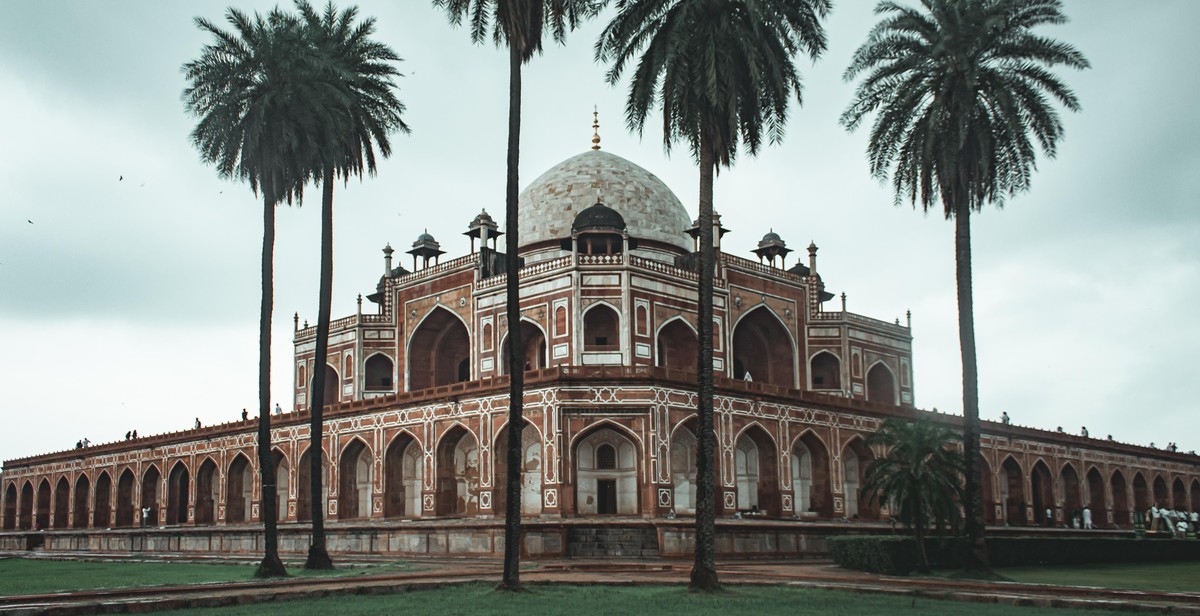
Design for Easy Maintenance
Creating a low-maintenance garden requires a bit of planning and design. Here are some tips to make sure your garden remains beautiful without requiring too much time and effort:
Group Plants by Watering Needs
Plants have different watering needs, and grouping them according to their requirements can help reduce water waste and save time. Grouping plants with similar watering needs into separate zones will ensure that they receive the right amount of water without over or under watering. This approach can also help reduce the risk of disease and pests.
Mulch to Conserve Moisture and Control Weeds
Mulching your garden beds is an excellent way to conserve moisture and control weeds. Mulch helps to retain moisture in the soil, which reduces the frequency of watering required. It also helps to prevent weeds from growing by blocking out sunlight and providing a barrier against weed seeds.
Use Drip Irrigation or Soaker Hoses
Drip irrigation or soaker hoses are an efficient way to water your garden. They deliver water directly to the plants’ roots, reducing water waste and evaporation. These systems also save time and effort, as they require less maintenance than traditional sprinklers.
Create Paths and Edges for Easy Access
Creating paths and edges in your garden will make it easier to access and maintain. A well-designed garden should have clearly defined paths that allow easy access to all areas without stepping on plants. Edges help to keep the garden tidy and prevent grass and weeds from encroaching on the garden beds. Installing hardscaping materials like pavers or stones can help define the edges and create a polished look.
| Design Element | Benefits |
|---|---|
| Group Plants by Watering Needs | Reduce water waste, save time, prevent disease and pests |
| Mulch to Conserve Moisture and Control Weeds | Retain moisture, control weeds, reduce watering frequency |
| Use Drip Irrigation or Soaker Hoses | Efficient watering, less maintenance |
| Create Paths and Edges for Easy Access | Easier maintenance, prevent grass and weed encroachment, polished look |
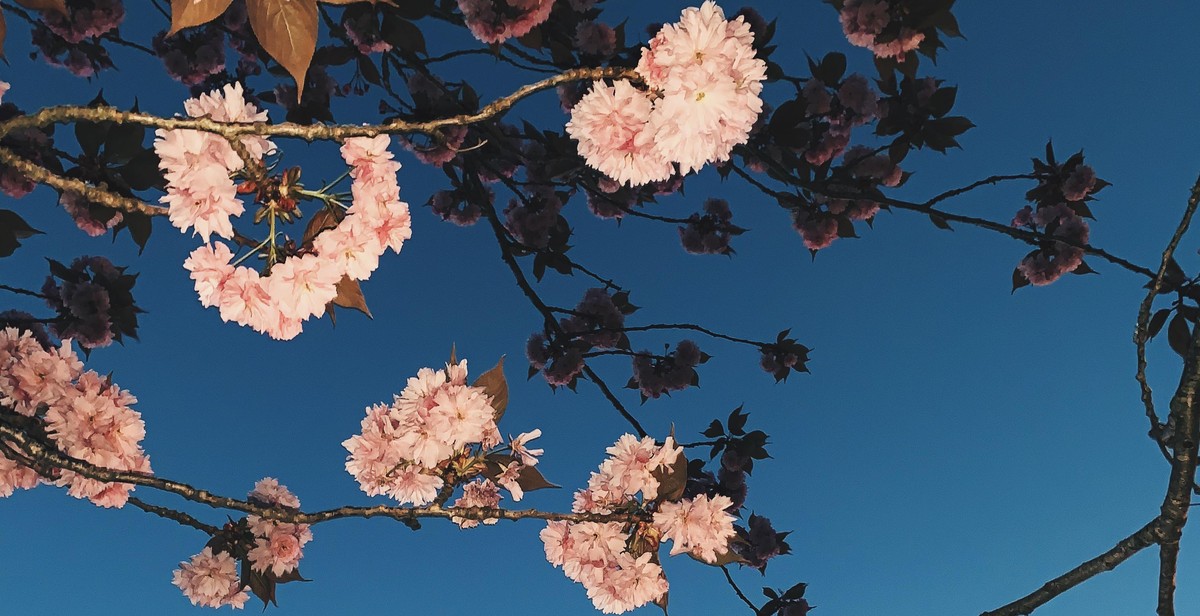
Additional Tips for Low-Maintenance Gardens
Choose Hardscaping Features Wisely
Using hardscaping features such as walkways, patios, and retaining walls can help reduce the amount of maintenance needed in your garden. When choosing hardscaping features, consider materials that are durable and require little upkeep, such as concrete, pavers, or natural stone. These materials are not only low-maintenance but also add visual interest and texture to your garden.
Consider Using Containers
Container gardening is an excellent option for those who want a low-maintenance garden. Using containers allows you to control the soil, water, and nutrients your plants receive, reducing the need for constant upkeep. Additionally, containers can be moved around to different areas of your garden, making it easy to rearrange your space and keep things fresh.
Plan for Year-Round Interest
A low-maintenance garden doesn’t have to be boring. Plan for year-round interest by selecting plants that bloom at different times of the year, have interesting textures, or provide colorful foliage. This will ensure that your garden looks beautiful and engaging no matter the season.
Regularly Monitor and Adjust Your Garden
Even low-maintenance gardens require some upkeep. Regularly monitor your garden and make adjustments as needed. This could include pruning overgrown plants, removing dead foliage, or replacing plants that aren’t thriving. By staying on top of these tasks, you can ensure that your garden remains low-maintenance and visually appealing.
- Choose durable and low-maintenance materials for hardscaping features.
- Consider using containers to reduce upkeep.
- Plan for year-round interest by selecting plants with varying bloom times and foliage.
- Regularly monitor and adjust your garden to keep it low-maintenance and visually appealing.
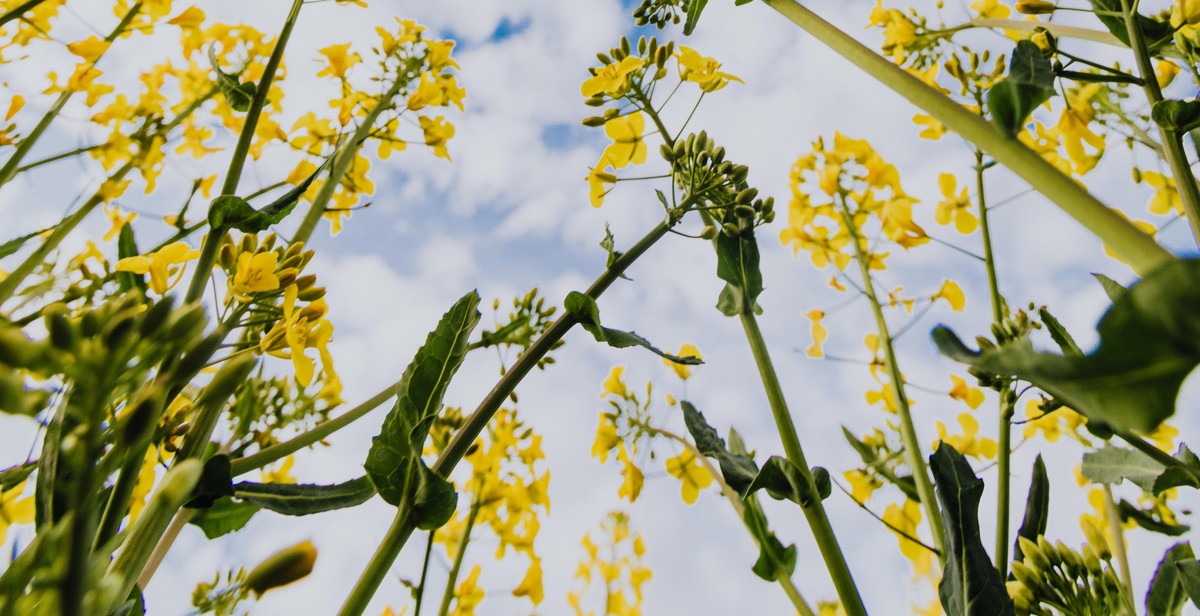
Conclusion
In conclusion, designing a low-maintenance garden for busy individuals is all about choosing the right plants, layout, and features. By following the tips and guidelines provided in this article, you can create a beautiful and functional outdoor space that requires minimal upkeep.
Key Takeaways
- Choose plants that are drought-tolerant, disease-resistant, and easy to care for.
- Opt for a simple layout that maximizes space and minimizes maintenance.
- Incorporate low-maintenance features such as hardscape, mulch, and irrigation systems.
- Regularly weed, prune, and fertilize your garden to keep it healthy and thriving.
Benefits of a Low-Maintenance Garden
Having a low-maintenance garden offers a range of benefits for busy individuals, including:
- Reduced time and effort spent on garden upkeep
- Lower water bills and energy costs
- A more sustainable and eco-friendly outdoor space
- Increased opportunities for relaxation and enjoyment of the garden
Final Thoughts
Designing a low-maintenance garden may require some initial planning and investment, but the long-term benefits are well worth it. With the right approach, you can create a beautiful and functional outdoor space that enhances your quality of life and provides a peaceful retreat from the hustle and bustle of daily life.
